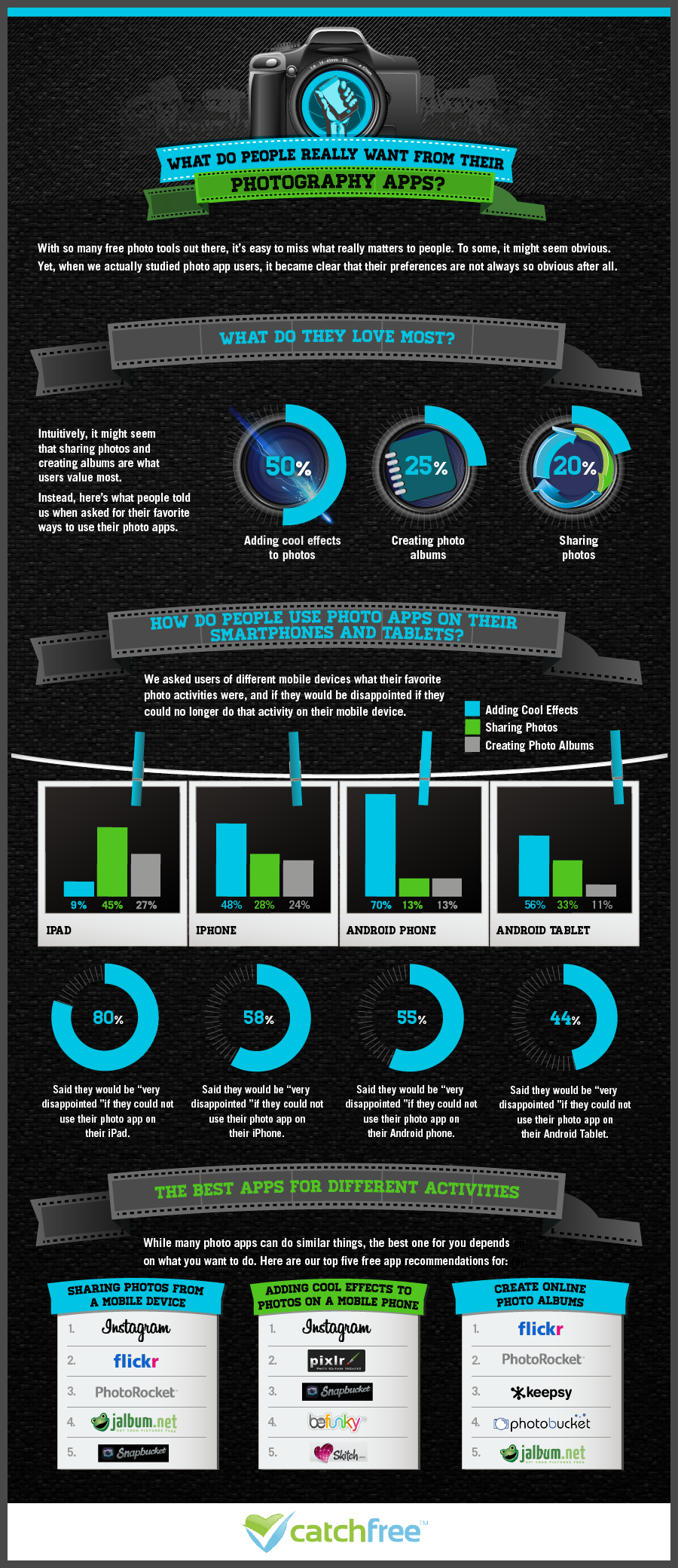Write-Up Author-Davis Gates
As a real estate digital photographer, your day starts with a meticulous regimen-- from inspecting your gear to comprehending the client's vision. Once on-site, you meticulously frame each shot, ensuring to highlight the property's one-of-a-kind charm. However the actual magic occurs behind the scenes throughout post-production, where every information is fine-tuned to perfection. Imagine the contentment of transforming a straightforward photo into a compelling aesthetic story that attracts prospective purchasers. What tricks hinge on the art of recording a residential property's essence via the lens?
Early Morning Preparation
Prior to going out to your initial realty photography shoot of the day, consider arranging your equipment and double-checking your timetable. Make certain your camera, lenses, tripod, and any lighting tools are all packed and prepared to go. It's critical to have extra batteries and memory cards on hand to stay clear of any kind of final hiccups. Confirm the address and time of the shoot to ensure you arrive immediately.
When you're certain you have all your devices and information in order, take a moment to examine the shot list given by the client. Familiarize yourself with the key functions they wish to highlight in the building. This preparation will certainly aid you come close to the shoot with a clear vision in mind.
Last but not least, order a fast morning meal or coffee to sustain your energy for the day ahead. Being well-prepared and well-fed will establish a favorable tone for the rest of your realty digital photography jobs.
With every little thing in order, you prepare to hit the road and capture stunning pictures for your customers.
On-Site Photoshoots
Prepare to immerse yourself on the planet of property photography as you come to the residential property for on-site photoshoots. Upon arrival, you begin by analyzing the lighting conditions and angles that will best display the home's attributes.
https://www.dazeddigital.com/art-photography/article/48400/1/advice-from-artists-on-how-to-adapt-change-and-cope-during-covid-19 plan your shots, taking into consideration aspects like all-natural light, room staging, and exterior environments.
As you relocate through the building, you focus on capturing wide-angle shots to give possible purchasers a comprehensive sight of each space. Taking note of details, you highlight unique marketing points such as high ceilings, hardwood floorings, or a comfortable fireplace.
Each click of your cam is an action towards developing a visual tale that will draw in prospective clients.
Throughout the photoshoot, you preserve a keen eye for structure and proportion, making sure that each photo is aesthetically attractive and accurately stands for the building. Your objective is to record the significance of the home in a manner in which reverberates with audiences, stimulating their passion and imagination.
With each image taken, you're one action more detailed to supplying your customers with sensational visuals that will aid their buildings stand out in a competitive market.
Post-Production Modifying
Once you've completed your on-site photoshoots, it's time to study the critical job of post-production modifying. This stage is where your images absolutely revive.
Start by importing your pictures into editing and enhancing software program like Adobe Lightroom or Photoshop. Arranging via the shots, select the very best ones that showcase the building in its best light.
Throughout editing and enhancing, concentrate on enhancing the illumination, colors, and general top quality of each photo. Adjust the exposure, comparison, and white balance to guarantee the rooms look welcoming and well-lit.
Pay attention to details like straightening out vertical lines and removing any distracting elements that may diminish the property's charm.
Additionally, take into consideration developing a virtual scenic tour or slideshow to supply possible customers with a comprehensive sight of the residential or commercial property. This can entail stitching with each other numerous photos to showcase numerous angles and areas within the home.
Verdict
To conclude, being a realty photographer includes a blend of creativity, technological ability, and attention to information.
From the early morning preparation to on-site shoots and post-production editing, the process of capturing a building's ideal functions is both difficult and rewarding.
Each day brings brand-new opportunities to showcase homes in their best light, making a realty digital photographer's job both exciting and fulfilling.

UNDER MAINTENANCE

